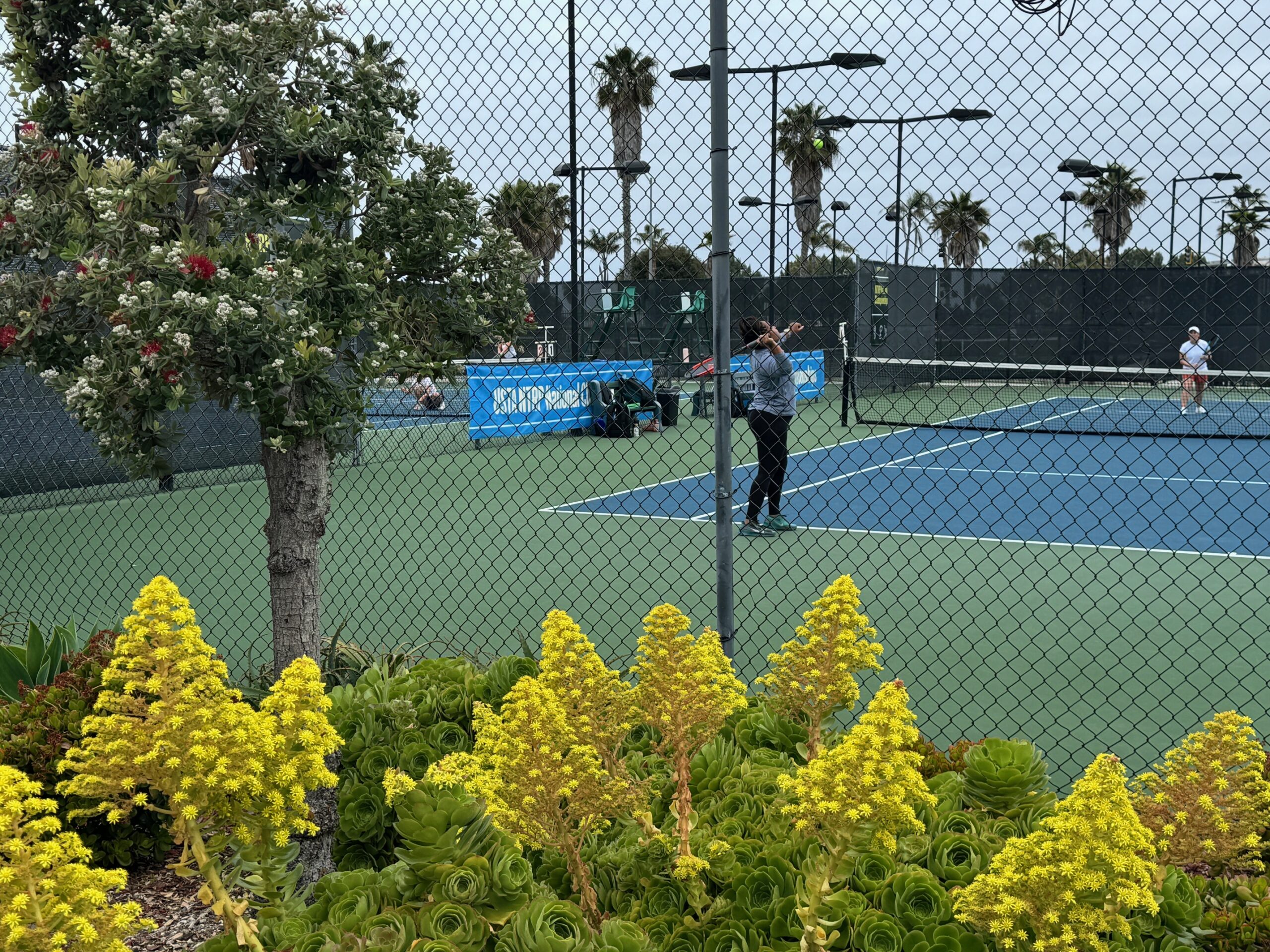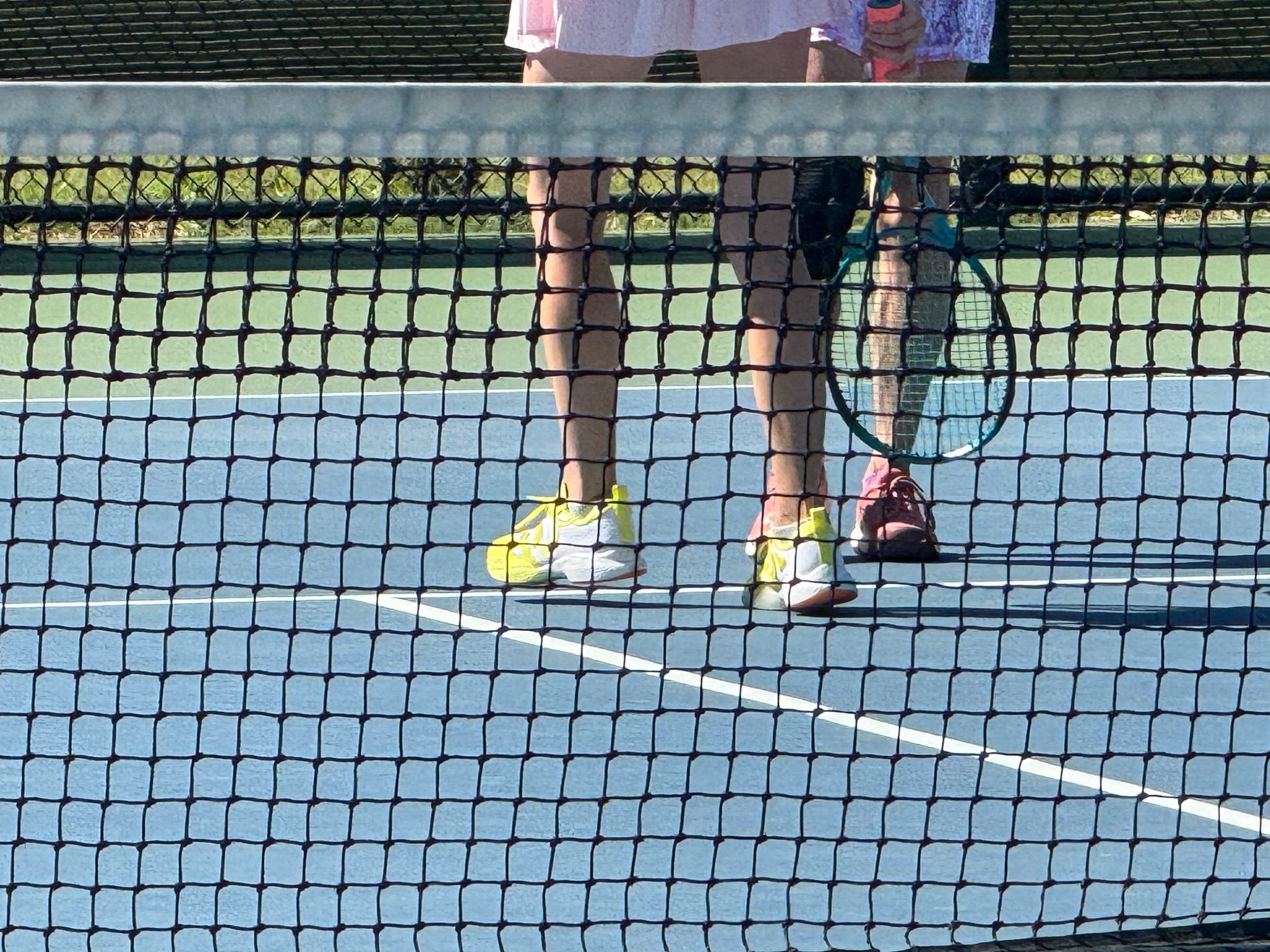I recently noticed that the top players at Senior National Adult Championship tournaments all share a common set of habits. These are the things that put them in frequent contention for the Gold Ball that is awarded for winning a USTA Level 1 National tournament. Yesterday I kicked off the holiday weekend by sharing 4 of these common best practices. Today I am divulging an additional 4 items. Tomorrow will detail the final 4 habits that we should all consider adopting in 2023.
5. Training Sessions have a Purpose
The typical recreational tennis player has a schedule that is dominated by practice matches or unfocused rally sessions. The Championship caliber players approach each practice with a clear purpose and objectives. When working with a coach, one of the habits shared yesterday, the top players will outline what they want to accomplish in that session as well as over the long term. While they are open to suggestions and feedback from their coach, the objective setting is very much a two-way conversation.
It is pretty common to see the top players training together with a basket of balls and taking turns feeding each other. Additionally, if one player is working on serves, it is the perfect time for a training partner to work on returns. The next time you see a great player working on the ball machine, closely observe what settings they are using. I would be shocked if it was an easy back-and-forth swing that is the typical fare for most recreational players.
The training sessions of the very best players are not confined to stroke production. Point composition and patterns of tactical play exercises are visible when watching the top players work with each other.
6. Self Awareness
The top players in Senior tennis have a clear sense of their own strengths and weaknesses. They know what the other players share in their scouting reports about them. In fact, they use that insight to drive both training objectives as well as their own tactical play. That knowledge allows them to play to their strengths and avoid their own weaknesses during match play.
A really good example of this practice can be observed in Rafael Nadal. During his service games, he gets a return to his forehand at an astonishingly high frequency. He generates those opportunities with two tactics. First, he runs around his backhand to hit the inside-out forehand whenever possible. However, he also serves to locations where he is likely to see a forehand in return.
The very best players know their strengths. They develop tactics and patterns of point play that accentuate the areas where they have an advantage. This is something we can all do with a little intentional thought.
7. Preparation
The very best players invest in preparation before every match. They know what they typically need in their racquet bag and have those things handy. However, they also carry that a step further and have several contingency items on hand for unusual needs that might emerge during a match. One great example are products to alleviate cramping. These players know how to treat their own cramps and will have whatever remedy works for them at the ready.
The very best players all carry spare racquets that they are comfortable switching to in the event of an untimely string break or other equipment failures. In fact, they carry spare strings so they can get a quick replacement on-site in case of breakage. They have a spare for everything, including over-grips, string dampeners, and towels.
The top players never fail to scout their opponents prior to walking on the court with them. If possible they will watch their prospective opponent’s preceding matches. They always walk onto the court with a game plan tailored to that specific opponent and match conditions. Additionally, they develop one or more fallback plans in case their primary tactics don’t work.
Finally, the very best players know what kind of warm-up they need prior to the match, and make sure they get it. In the event that a court isn’t available onsite for warm-up, these players will make alternate arrangements at another facility. It is not unusual to see one of the top players getting in a hit during the wee hours of the morning before the first matches are put on each day.
8. Mental Fitness
The mental game is something that the top senior players approach with purpose and intention. While some of these players have a natural disposition for mental stability on the court, others have developed that attribute through arduous and painstaking effort. This habit may be the most neglected practice for recreational players.
There isn’t a tennis player anywhere that hasn’t experienced tight play which is commonly referred to as “choking.” Meditation and mental relaxation exercises can develop the ability to chill on demand. Positive imagery and visualization are common techniques that are used to develop belief. Many players think that confidence comes from winning, but the reality is that emotion is a powerful driver for on-court performance.
Habits 9-12
Tomorrow I will round out this series by sharing habits 9 through 12. Throughout 2023, on the first Friday of each month, I plan to do a long-form deep dive into one of the habits. I am super excited about this project for 2023.



